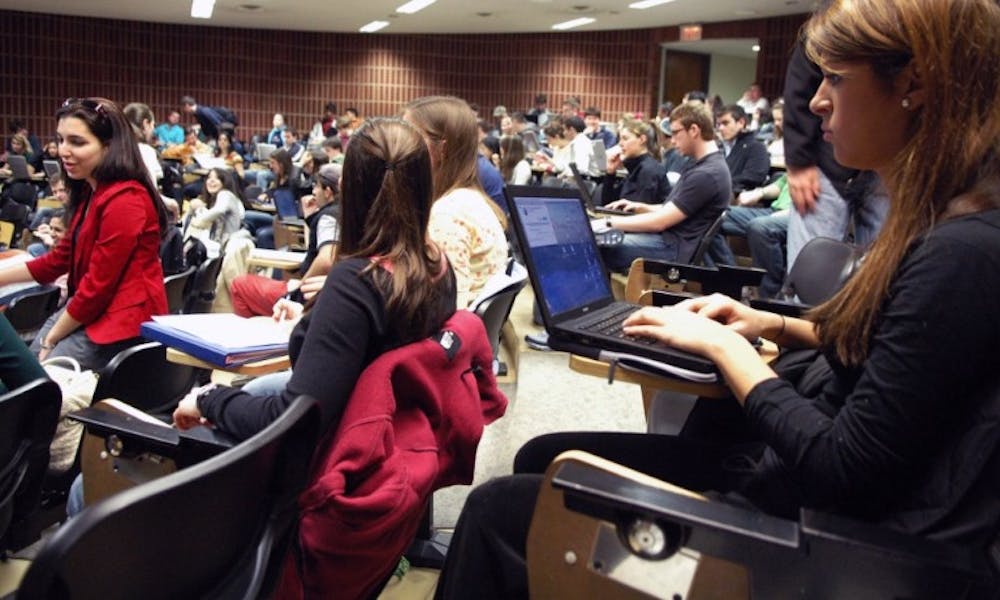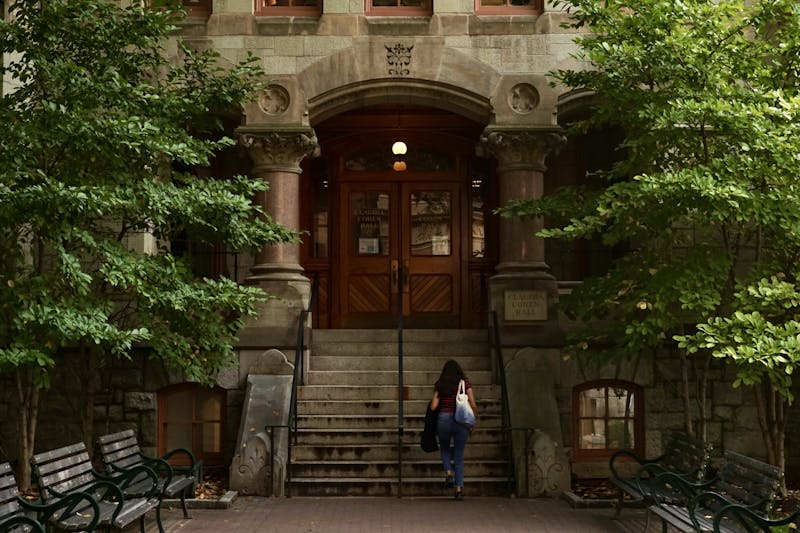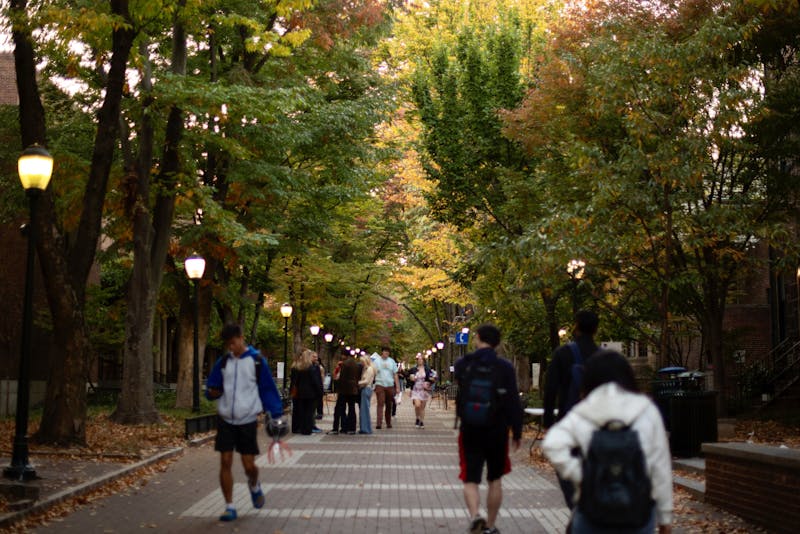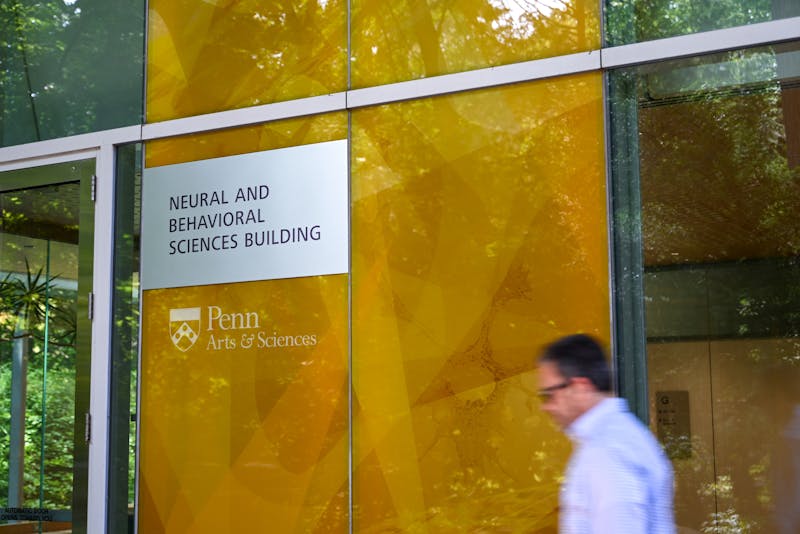
There are currently not enough courses are offered within the College to satisfy Penn students' demand. | DP File Photo
This semester, the College of Arts and Sciences offered only five courses that fulfilled the Living World sector, four of which were closed a week before the add deadline.
26 courses can fulfill the Society sector, 35 can fulfill the History and Tradition sector and 40 can fulfill the Arts and Letters sector.
Over the past few semesters, the number of courses that can fulfill sectors in science and math have been decreasing and many students compete to enroll in the few courses offered.
The Daily Pennsylvanian sat down with Associate Dean in the College and Director of Academic Affairs Kent Peterman and College sophomore and director of the Undergraduate Assembly’s Academic Affairs Committee Nathaniel Rome to talk about why there are so few classes that fulfill these required sectors.
1. To be considered for a sector, a course must fulfill certain qualifications.
Course selection is based off of recommendations from departments. However, the classes must not have prerequisites and they should be helpful for non-majors as well as majors.
“It shouldn’t be a course that is only of interest for students who are going to be doing more work in that field,” Peterman, who is also head of the Sector Requirement Committee, said. “If that was the only course you took in History and Tradition, it should be good for that kind of a purpose.”
2. Few departments are relevant to science and math.
Though many departments are represented in courses that fulfill the sectors such as Arts and Letters and History and Tradition, for the Natural Sciences and Mathematics sectors, “biology, physics and chemistry are the predominant departments,” Rome said. There are “a couple [courses] outside those departments, but very few.”
3. Science and math courses are bigger than humanities courses.
Humanities classes are smaller because these courses tend to have more discussion and “give and take,” which is rarely a component in science courses — especially the introductory ones, Peterman said. These introductory science courses instead tend to be larger lecture courses, so even if there are few, many students can enroll to take them and fulfill the sector.
4. Non-major classes are a “luxury” for some departments.
Departments have resource constraints.
“Often times, crafting and teaching courses that are catered towards non-majors is a luxury,” Rome said. “It’s difficult to build in too many of those courses when you have so many demands on these departments.”
These constraints can lie not only in designing courses, but also in the teaching loads of professors.
“It’s a struggle to be able to identify faculty to teach those courses because teaching loads for faculty in the sciences are smaller than [those] in the humanities,” Peterman said. “Faculty in the sciences spend a lot of their time running research grants and running labs, and running a lab is quite a major operation.”
5. Prerequisites bar non-majors from many math and science classes.
Though many of the courses offered to fulfill the humanities and social sciences sectors are from many different departments and tackle different time periods or social contexts, the courses offered for science and math often do not have that flexibility. Science and math disciplines are linear in that courses must be taken in a certain order. “In order to take a chemistry class which is more niched to your interests, you have to know basic chemistry,” Rome said.
Solutions in progress
The Academic Affairs Committee is currently working on a project to make Academically Based Community Service classes fulfill sectors.
“[These courses would have] a dual purpose of encouraging community service for students as well as spreading more options to fulfill the sectors,” Rome said.
The Sector Requirement Committee recognizes the need to offer more classes that can fulfill sectors in math and science, Peterman said.
“For people on the waiting lists, it can be frustrating,” Rome said. “We’re really hoping that more professors will provide more classes to fulfill the requirements, but it’s very difficult to move that forward.”
The Daily Pennsylvanian is an independent, student-run newspaper. Please consider making a donation to support the coverage that shapes the University. Your generosity ensures a future of strong journalism at Penn.
DonatePlease note All comments are eligible for publication in The Daily Pennsylvanian.







